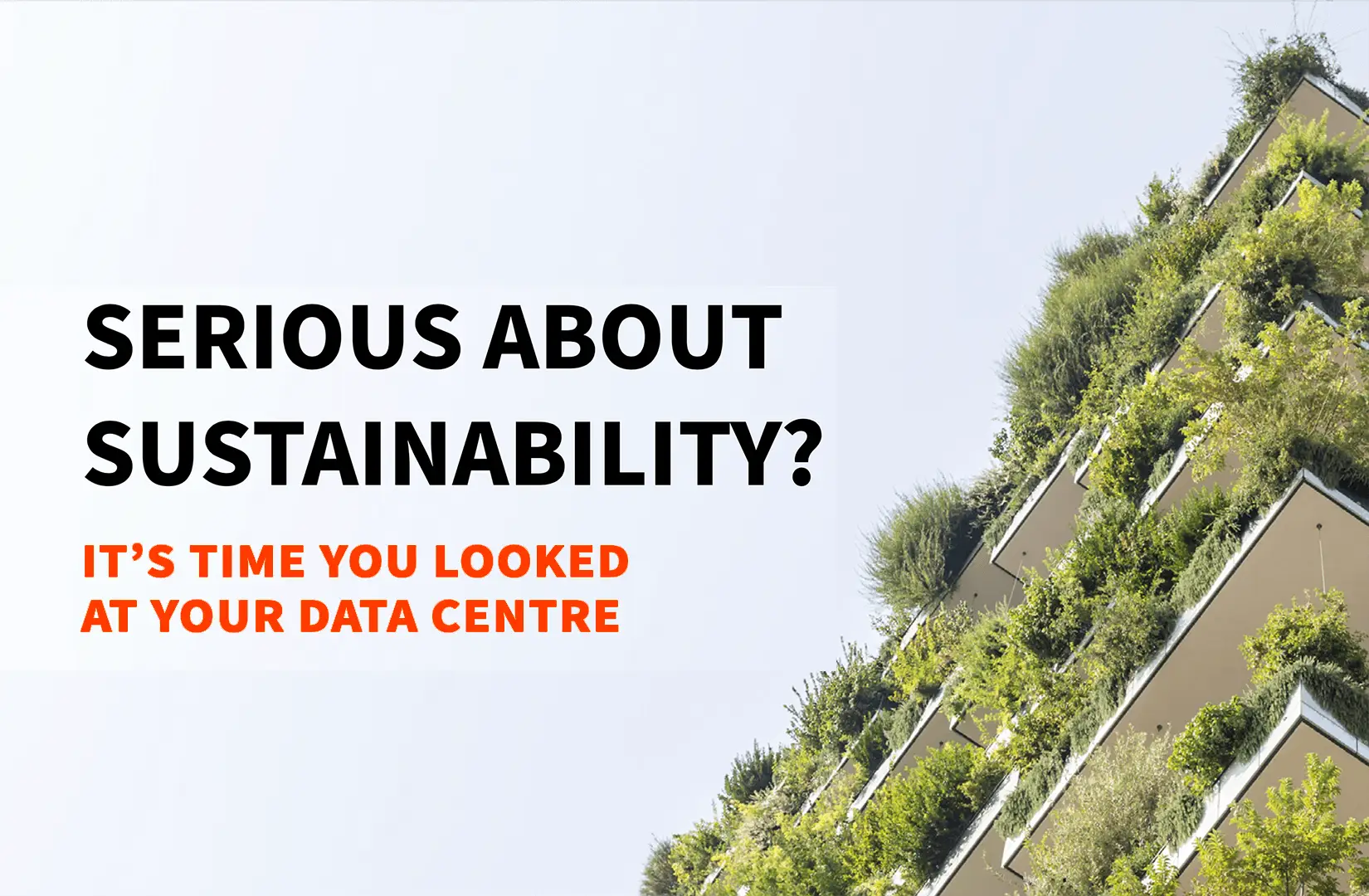Harnessing the Power of Nature: Renewable Energy Integration in Data Centre Operations
In today’s era of heightened environmental awareness, the integration of renewable energy sources has emerged as a pivotal strategy for businesses seeking to reduce their carbon footprint and embrace sustainability. Amongst these industries, data centres, which consume vast amounts of energy, have been particularly proactive in adopting renewable energy solutions. In this article, we’ll delve into the significance of renewable energy integration, focusing on the incorporation of solar and wind power in data centre operations.
1. The Rise of Renewable Energy:
Renewable energy sources such as solar, wind, and hydroelectric power have gained prominence as viable alternatives to traditional fossil fuels. Unlike non-renewable sources, renewable energy is derived from naturally occurring processes that are constantly replenished, making them a sustainable and eco-friendly choice. As concerns about climate change and environmental degradation continue to mount, businesses across various industries are increasingly turning to renewable energy to power their operations.
2. Solar Power in Data Centre Operations:
Solar power, derived from sunlight, has emerged as one of the most popular renewable energy sources for data centres. By harnessing solar energy through photovoltaic panels installed on rooftops or adjacent to data centre facilities, businesses can generate clean, renewable electricity to power their operations. Solar power offers numerous benefits, including reduced operating costs, energy independence, and environmental sustainability. Additionally, advancements in solar technology have made it more efficient and cost-effective, further driving its adoption in data centre operations.
3. Wind Power Integration:
Wind power, generated by harnessing the kinetic energy of wind turbines, is another renewable energy source increasingly integrated into data centre operations. Wind farms, consisting of multiple wind turbines situated in areas with strong and consistent wind patterns, produce electricity that can be directly fed into the grid or stored for later use. Wind power offers several advantages, including scalability, reliability, and minimal environmental impact. By incorporating wind power into their energy mix, data centres can further reduce their reliance on fossil fuels and contribute to a cleaner, greener future.
4. Benefits of Renewable Energy Integration:
The integration of renewable energy sources such as solar and wind power offers numerous benefits for data centre operations. Firstly, it helps reduce greenhouse gas emissions and mitigate climate change by decreasing reliance on fossil fuels. Secondly, it enhances energy security and resilience by diversifying the energy supply and reducing vulnerability to price fluctuations and supply disruptions. Additionally, renewable energy integration can lead to cost savings in the long term, as renewable energy sources become increasingly competitive with conventional energy sources.
5. Embracing a Sustainable Future
In conclusion, the incorporation of renewable energy sources like solar and wind power in data centre operations represents a significant step towards a more sustainable and environmentally friendly future. By harnessing the power of nature, data centres can reduce their environmental impact, increase energy efficiency, and contribute to the global transition towards renewable energy. As businesses continue to recognise the importance of sustainability, renewable energy integration will play an increasingly vital role in shaping the future of data centre operations and the broader digital economy.






